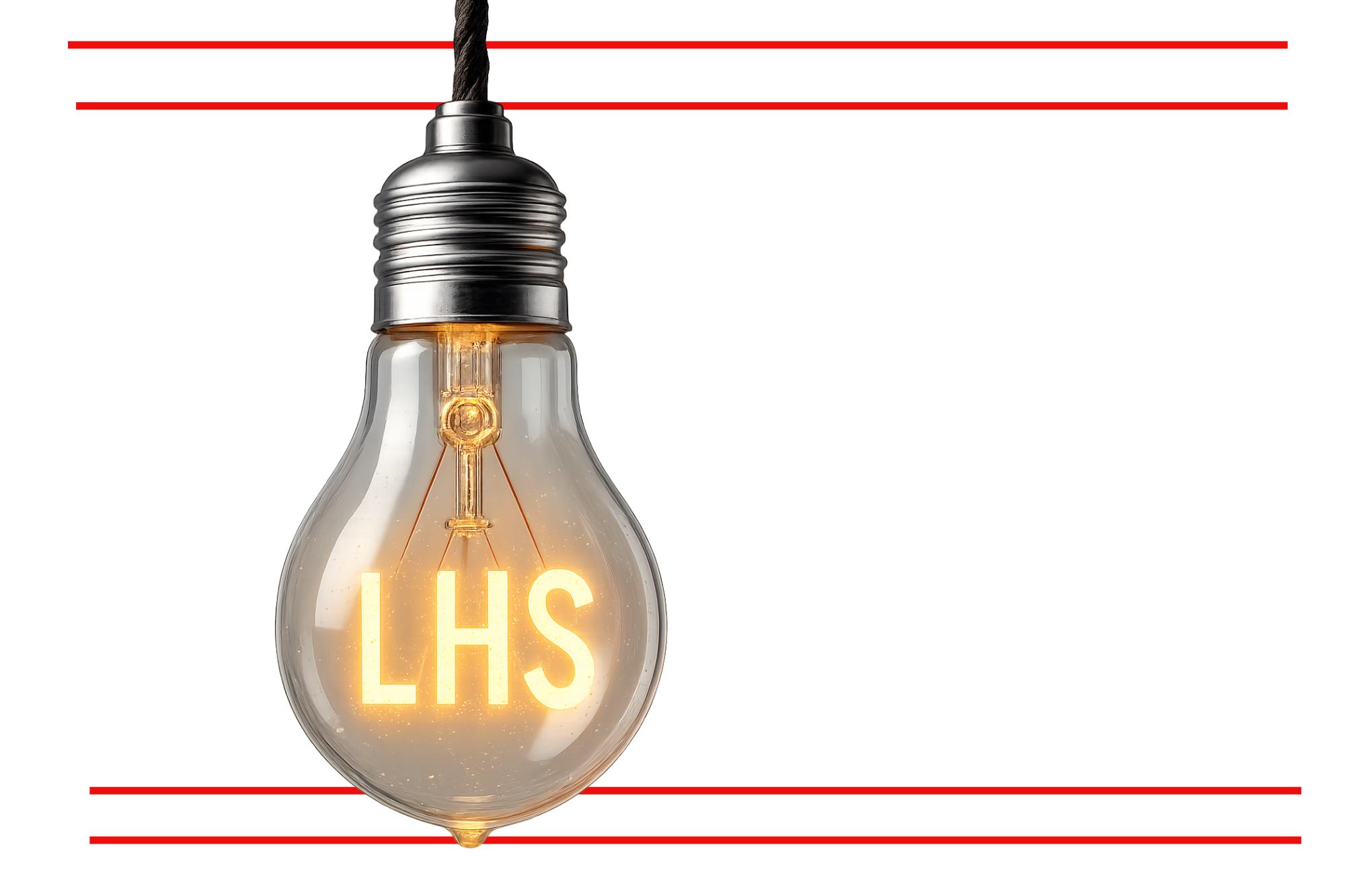As the school year picks up and cars start to barrel through the chaotic parking lot, the rich and sweet scent of school lunch fills the halls and your routine sets in. Observant eyes, however, may notice something missing from their usual LHS experience: vibrant lights. A new electricity policy has hit administration desks across all Sioux Falls schools. This policy requires teachers to remove all vibrant or unnecessary lights from their classroom, aside from a desk lamp and one fan to cool the classroom. This policy was implemented both because of the sheer cost of powering the ambience in every classroom and also because of new fire safety protocols. While the changes ensure safer classrooms and lower energy costs, students bear the loss of fun classroom environments.
“When our energy use goes above a certain level, we are asked to curtail our energy usage to keep our discounted prices,” said LHS principal Dr. Raeder. “The state fire code is also the reason behind a lot of these changes, such as [the ban] on LEDs.”
Rooms all across the school district used to be filled with various lights, bringing color to the classroom and ensuring that students were enjoying the space that they were spending so much time in. Teachers at LHS, such as Regan Meyer and Andrea Saez, were well known for creating these environments. The effect of the loss of light stretches far beyond a more enganging learning space; some of these lights are used to brighten the moods of students and increase productivity during work time. Teachers are now faced with the damaging contrary.
“I completely disagree [with the policy]. I feel like all students can agree that the fluorescent lights we have on our ceilings make school feel like a hospital. It just feels so off-putting having only those. The lamps, fairy lights and other decorations also add to the room. They make the room so much more calming and comforting,” said an anonymous LHS student.
Temperature problems in classrooms are another extremely common complaint from LHS students. Many complain that they view the temperature of each classroom as inconsistent, varying from extreme cold to excessively hot. The limit to only one fan per classroom has made it harder for teachers to control the temperature of their rooms, as they are not allowed to change the thermostat settings in their rooms. Lack of temperature control is leading to more widespread student discontentment.
“Whenever I come to the E-Wing, it gets very hot. We need to be able to have more than one fan to combat this in the E-Wing,” said freshman Ike Weiss.
Although many teachers and students are not fans of the new policy, it still has a lot of benefits despite the cons. Saving money on energy allows the school to spend more money on classroom resources and funding the many LHS activities. It also leads to a much safer school environment for students by drastically reducing the odds of electrical fires starting.
For now, the lights will stay off, students will find a way to push through the change and costs will be down. Despite some student pushback and resentment, the policy seems here to stay.









